A biweekly newsletter with public space news, resources, and opportunities.
A curated dispatch on all things public markets plus the latest announcements from the Market Cities Program.
By Jay Walljasper
Any mention of "The Good Life" for me evokes images of Hydra, a small island a few stops from Athens on the ferry. It rises from the midst of the blue Aegean Sea--even more blue and enticing in real life than in travel posters on the wall of Greek restaurants back home. Hydra amply fulfills every Mediterranean travel-fantasy of beaches, quiet coves, grazing goats on rocky hills and open air cafes where wine and song flow freely.
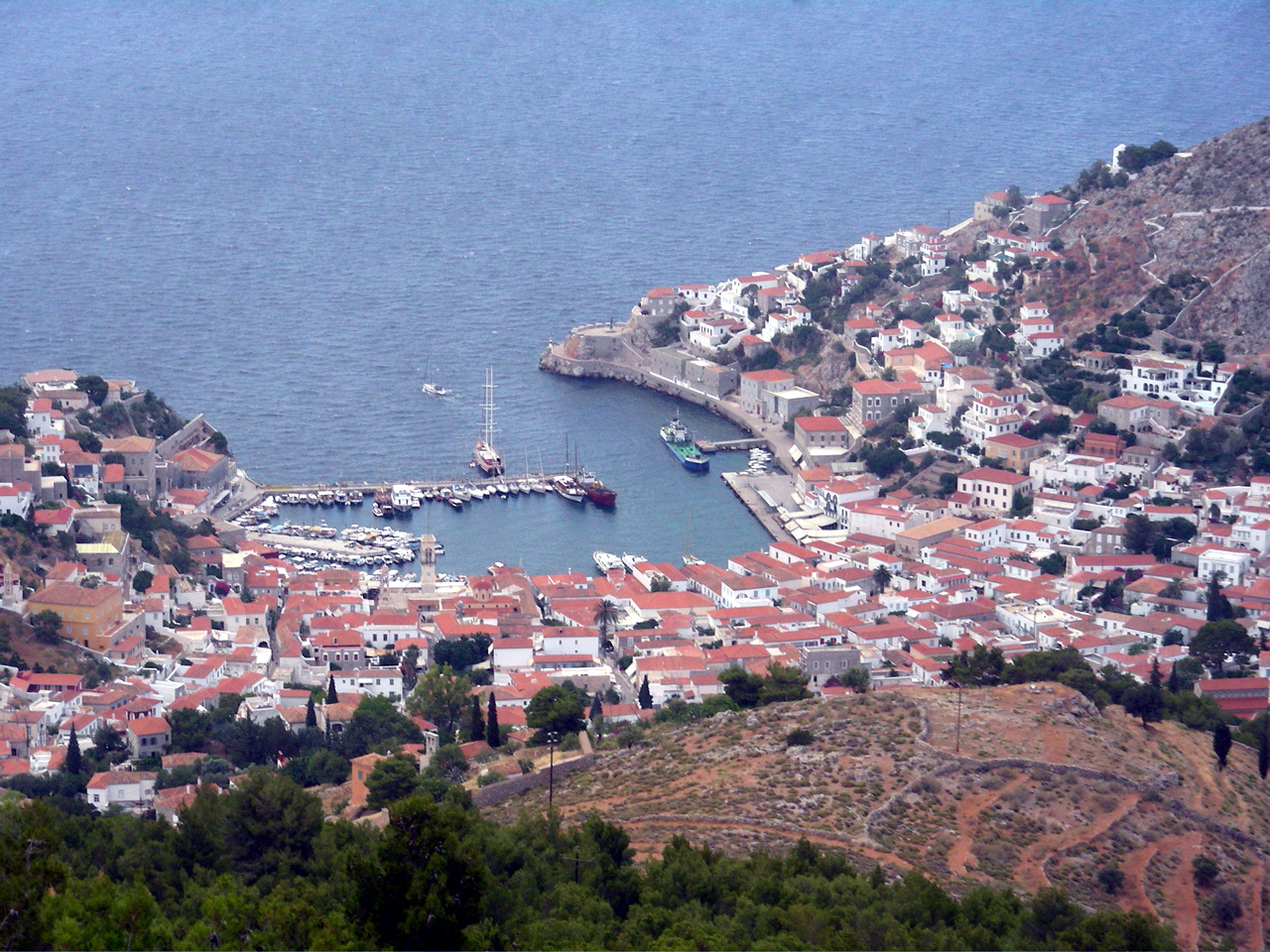
The heart of the island, however, is the waterfront, which pulses with activity from the departure of a few fishing boats before dawn to the convivial hum of conversation in tavernas way past sunset. This enchanting place, which nearly encircles the oval-shaped harbor, accommodates good living of every sort, from luxury stores to a bustling public market where shoppers of all classes and ages scrutinizes the day's produce. You find a monastery, police station, newsstand, ice cream cafes and an old hotel with one of the best views in Southern Europe.
There is just as much happening on the water itself. Sightseeing captains--every inch the old salts you'd expect--shout about the glories of their tours, so much superior to those offered by anyone else. Meanwhile water taxi drivers, holiday skippers in modest sailboats, and the hands from ferry boats and eye-popping yachts go about their daily tasks in an admirably relaxed and gregarious manner.
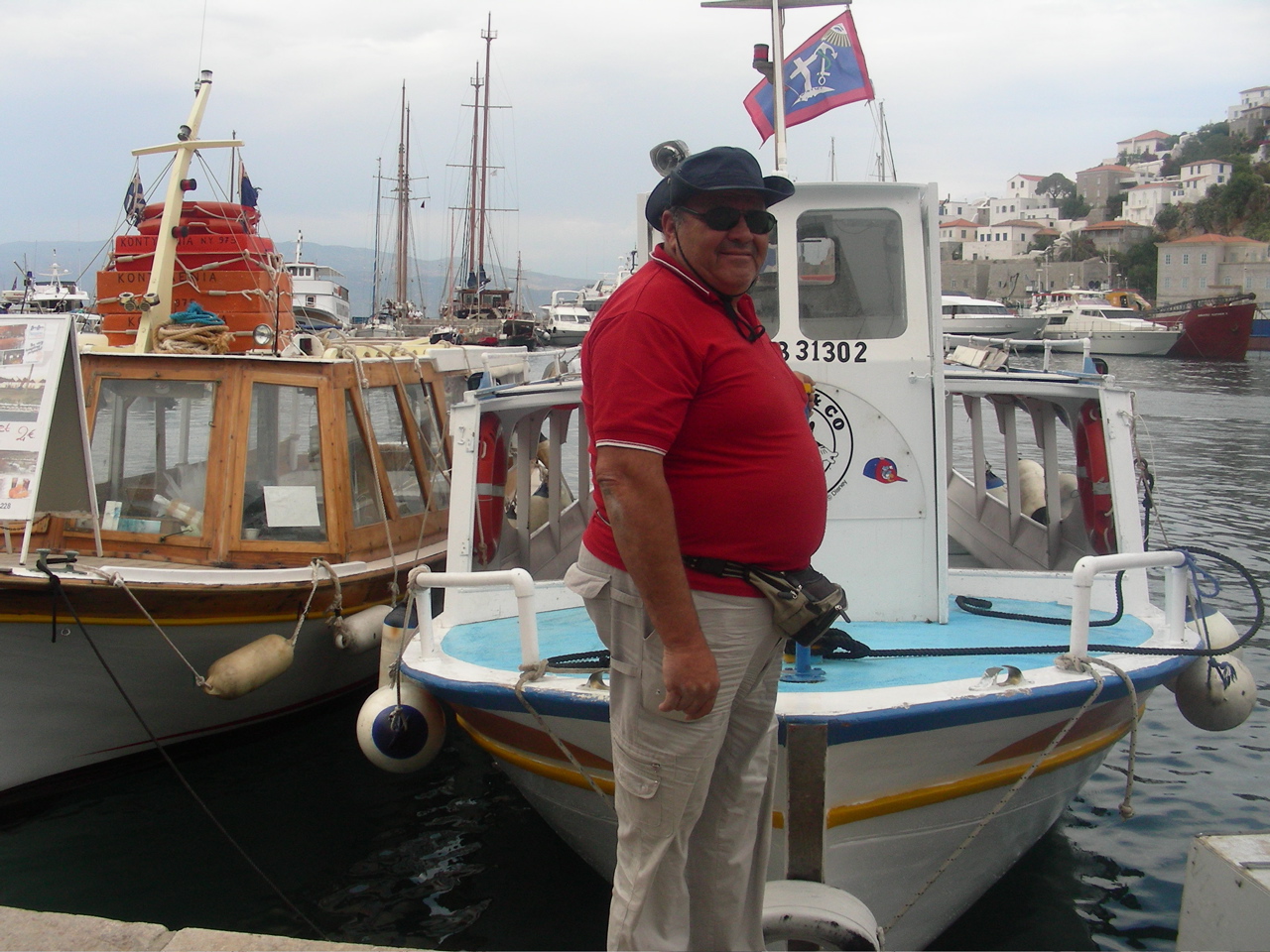
Never before did I fully fathom the wonder of waterfronts. From history books and tour guides, I have long understood that nearly every important settlement in the world rose up from the water's edge. But as they grew and prospered, most turned a back to their maritime origins, looking askance at the shore or riverbank as a den of disorder, dissolution or disease. Only now, in forward-looking towns, are community leaders reclaiming some of the energy and élan vital that naturally occurs in spots where people can connect with the water.
My family spent a week on Hydra, and we found ourselves drawn to the harbor many times each day almost by magnetic force. Sometimes it was a legitimate errand such as checking the boat schedule or buying provisions (bread, cheese, wine, olives, newspapers, sunscreen, souvenirs, blister pads). Other times it was a vague but powerful urge--a hunch that something interesting would be in store, a desire to see white sails glowing in the sunset, a hankering just to be part of the scene.
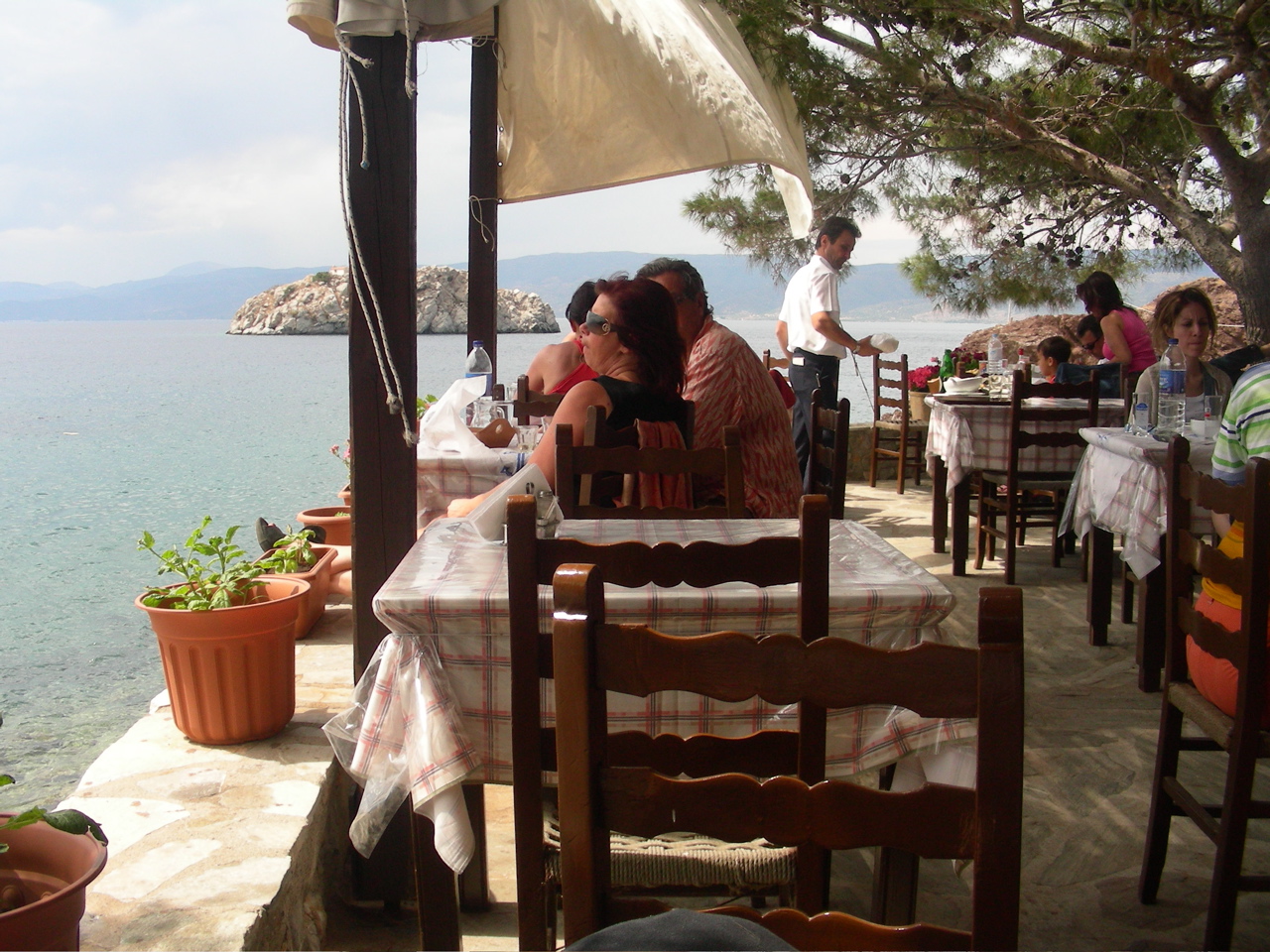
The sheer pleasure we tapped into on Hydra exists in no small part because of the primal, unbroken connection between people and the harbor--the way the waterfront integrates into the daily life of a community. This should be the aspiration of every place seeking to revive its riverfront, lakeshore or seaside.
Another element of Hydra's magic is how much of the island's important business--lovers stealing a kiss, old women swapping gossip, young men bragging of their prowess--takes place outdoors. It's not just the favorable Mediterranean climate. (I know for a fact that it turns cloudy, gets chilly and rains on this almost perfect island.) It's also a different attitude in how people think of streets, stairways, plazas, steps and benches. I've never been any place else where almost every square foot of space qualifies as the public realm. Locals and tourists retire to the charming stone houses only when it's time for bed or the mid-day sun blazes too harshly.
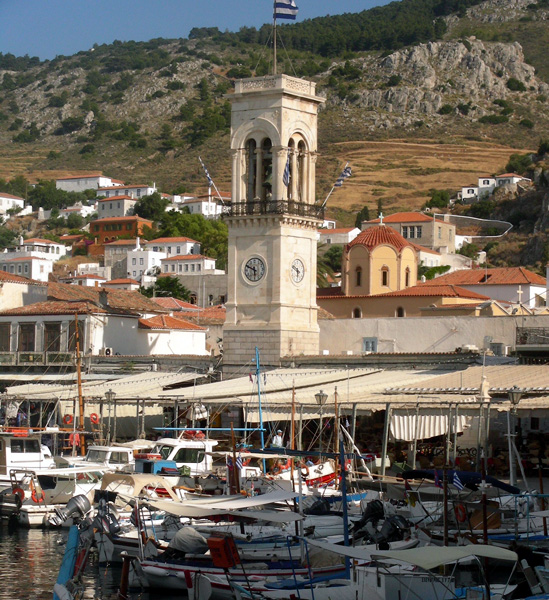
This expansive sense of public space naturally instills a spirit of respect and decorum. I saw no excessive noisemaking, public drinking, urination or other nuisances that in America we think of as the price tag that comes with lively public venues. Indeed, I found myself stopping to pick up the few bits of litter I did spy--something I often think about but rarely do back home in my own neighborhood.
Yet Hydra's seductive charm is unimaginable to nearly everyone who hasn't been there. Not because it's a sun-kissed, romantic Greek isle. It's unimaginable because it has no traffic. The narrow streets and steep hills do not lend themselves readily to cars and trucks, so local folks have wisely declared their island off limits.
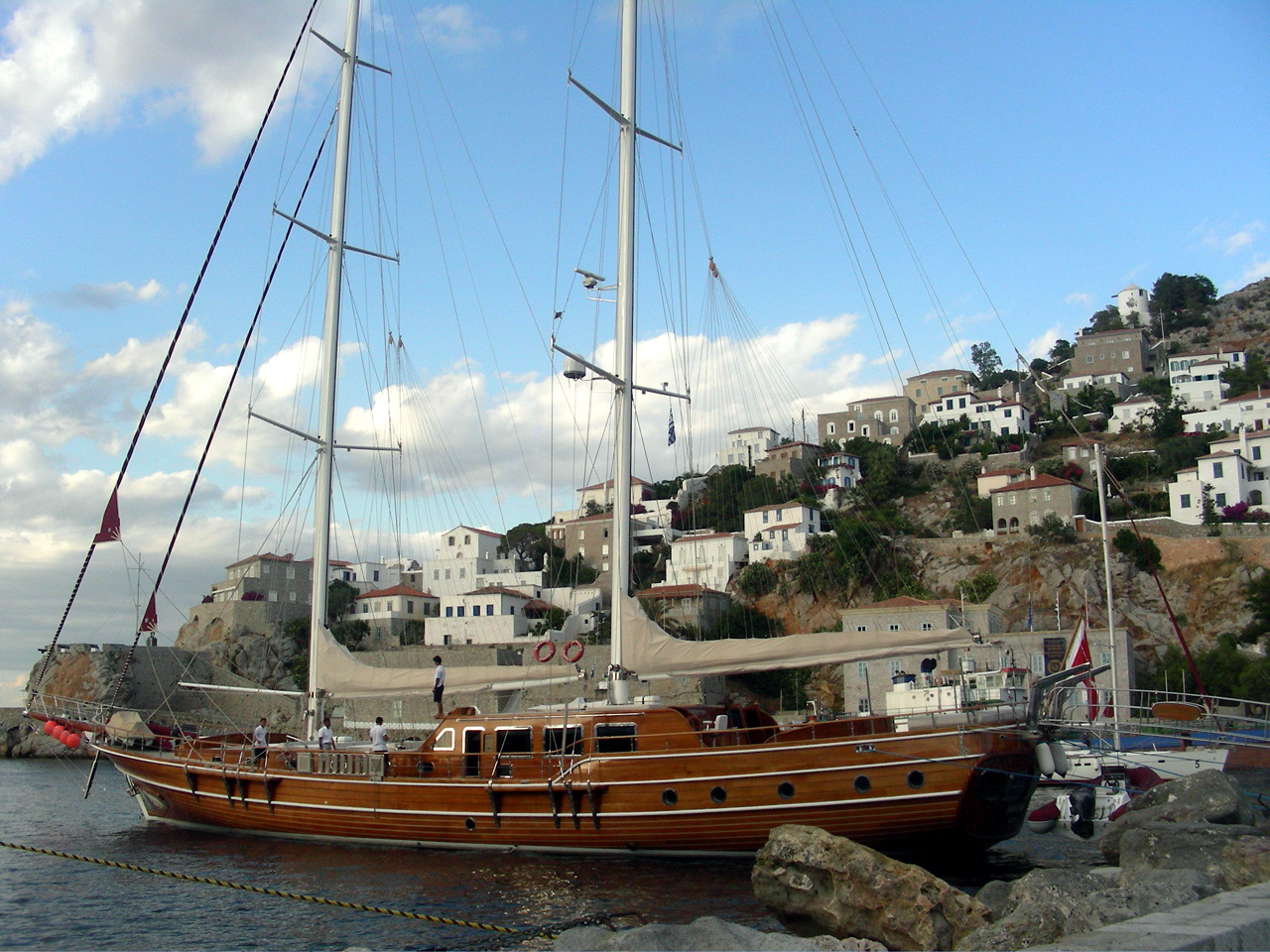
The overall atmosphere of a place without the noise, fumes, parking lots and the bullying dominance of vehicles is more dramatic than you'd think. People stop for a friendly conversation in the middle of the street. Kids happily play soccer in the middle of the street. Dogs reclaim their rightful resting place in the middle of the street. After even a few hours, you come to experience the world as a new and different place. You stop looking over your shoulder, nervously poised to scurry aside on the approach of the next rushing motorist. You fall into a contented rhythm of movement that must mirror the natural order of the universe--our bodies and souls seem to immediately pick up on it even if our minds can't imagine it. Some would call it relaxation or ease; I think of it as liberation.
It was a shock to leave Hydra--to say goodbye to the azure Aegean, the bustling waterfront, the welcoming cafes--and return to the world of privatized spaces and domineering traffic. Yet I felt invigorated just knowing that just such a place exists, realizing that it's possible for a town to have a radically different and far richer spirit of the public realm. Hydra's a special place that cannot be imitated in whole, but it offers inspiring evidence that traffic can be put in its place and that an expansive sense of public space creates a deeper experience of satisfaction. That's the good life toward which we can all work.
The rich text element allows you to create and format headings, paragraphs, blockquotes, images, and video all in one place instead of having to add and format them individually. Just double-click and easily create content.
The rich text element allows you to create and format headings, paragraphs, blockquotes, images, and video all in one place instead of having to add and format them individually. Just double-click and easily create content.
Body Text Body Link
The rich text element allows you to create and format headings, paragraphs, blockquotes, images, and video all in one place instead of having to add and format them individually. Just double-click and easily create content.
Here is some highlighted text from the article.




Headings, paragraphs, blockquotes, figures, images, and figure captions can all be styled after a class is added to the rich text element using the "When inside of" nested selector system.
Headings, paragraphs, blockquotes, figures, images, and figure captions can all be styled after a class is added to the rich text element using the "When inside of" nested selector system.
Headings, paragraphs, blockquotes, figures, images, and figure captions can all be styled after a class is added to the rich text element using the "When inside of" nested selector system.

We are committed to access to quality content that advances the placemaking cause—and your support makes that possible. If this article informed, inspired, or helped you, please consider making a quick donation. Every contribution helps!
Project for Public Spaces is a 501(c)(3) tax-exempt organization and your donation is tax-deductible within the guidelines of U.S. law.